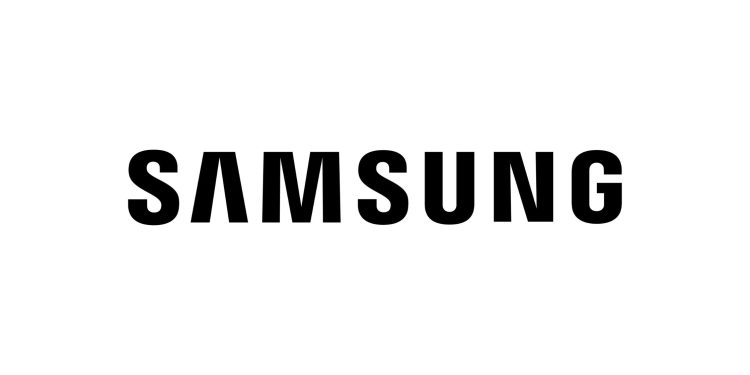With health-first design, cross-industry alliances, and AI at its core, Samsung prepares to challenge Apple’s Vision Pro in the race for mixed reality dominance.
Samsung has officially confirmed that its much-anticipated extended reality (XR) headset, developed under Project Moohan, will be unveiled on October 21 during the “Worlds Wide Open” Galaxy event. The showcase, streamed live on YouTube, will mark Samsung’s most significant entry into immersive technology since it discontinued the Gear VR line years ago.
Pre-reservations for the device are already open in the US and several global markets, signaling strong anticipation ahead of launch. Built around Samsung’s vision of merging artificial intelligence and immersive reality, the headset is being positioned as a major step forward for both the company and the Android ecosystem — and as a direct challenger to Apple’s Vision Pro.
User Safety at the Core of Design
Ahead of its global debut, Samsung has released a detailed set of safety and usage guidelines — an uncommon move prior to a product launch, but one that reflects the company’s emphasis on responsible innovation.
Key highlights from the guidelines include:
- Minimum age requirement: The headset is recommended only for users aged 13 and above, due to concerns over eye safety and physical comfort.
- Health precautions: Samsung warns users about potential side effects such as flashing lights, dizziness, or seizures.
- Medical advisories: Those with conditions like epilepsy or heart-related implants (pacemakers, defibrillators, or hearing aids) are advised to consult a doctor before use, as the headset contains magnets and electromagnetic components.
This preemptive guidance indicates that Samsung wants to build user trust early — framing the product not as a risky innovation, but as a well-engineered, health-conscious device ready for mainstream use.
Addressing Vision and Comfort
Samsung’s documentation goes a step further by addressing visual ergonomics, a common concern in mixed reality headsets.
- The company cautions that hard contact lenses or glasses might interfere with the device’s optics.
- It recommends using soft lenses and will offer a limited-range lens kit for users needing vision adjustments.
This approach mirrors Apple’s Vision Pro strategy, which prioritizes customizable optics and user comfort. By doing so, Samsung is signaling that it views accessibility and eye comfort not as afterthoughts — but as core design principles.
Building a Premium but Accessible Experience
While Apple has firmly established itself at the high end of the XR spectrum, Samsung’s strategy appears to blend premium design with wider accessibility.
The new headset — rumored to be called the Galaxy XR — has been developed in collaboration with Google and Qualcomm, forming a three-way alliance that could reshape the XR ecosystem.
- Google provides the Android XR platform, an open and scalable software base for future mixed reality devices.
- Qualcomm powers the device with its Snapdragon XR2+ Gen 2 chip, enabling real-time rendering, gesture recognition, and minimal latency.
This alliance positions Samsung not merely as a hardware manufacturer but as a central player in the Android XR ecosystem, one that balances performance, openness, and developer potential.
Technology That Bridges Reality and Utility
Under the hood, Project Moohan combines cutting-edge components and AI integration to deliver realistic, responsive experiences. Early reports suggest:
- Dual micro-OLED displays with resolutions of 3,552 × 3,840 pixels, offering crisp, lifelike visuals.
- AI-powered eye and hand tracking, enabling natural interaction without controllers.
- Seamless integration with Google services, such as YouTube, Google Maps, and Google Photos, in immersive 3D environments.
Rather than framing the device as pure entertainment hardware, Samsung is pitching it as a new productivity and media platform — a place where users can work, explore, and create in virtual space.
A Market Poised for Expansion
Samsung’s timing could prove strategic. The global XR industry is experiencing rapid acceleration, with forecasts from Grand View Research projecting growth from $142.4 billion in 2023 to $1.1 trillion by 2030.
As of mid-2025, Meta continues to dominate with a 70% market share, followed by Apple and Sony. However, Samsung’s comeback — supported by Google’s open XR platform — may introduce the first real Android-based alternative to the closed ecosystems of Apple and Meta.
If Samsung can balance performance, affordability, and developer flexibility, it could help democratize access to mixed reality experiences, especially in markets where Android already leads.
Pre-Orders and What to Expect Next
Those who pre-reserve the upcoming headset will receive a $100 credit toward accessories or eligible products — a small but effective incentive to build early momentum.
While official pricing and shipping dates are yet to be confirmed, industry observers expect deliveries to begin before the end of 2025. The product’s branding, design, and availability details will be revealed during the Galaxy event on October 21.
For Samsung, this launch represents more than a new gadget — it’s a declaration of intent. By merging AI, XR, and Android, the company is betting on a future beyond smartphones, where digital and physical experiences coexist seamlessly.
Samsung’s Calculated Return to Reality
The Project Moohan headset isn’t just about re-entering the headset market — it’s about redefining Samsung’s technological identity. The company’s focus on safety, collaboration, and accessibility signals a deliberate and long-term approach to spatial computing.
If executed well, Samsung’s XR device could emerge as the first mainstream Android competitor to Apple’s Vision Pro — and more importantly, a gateway to the next computing era, where the boundaries between the digital and the real world blur.







